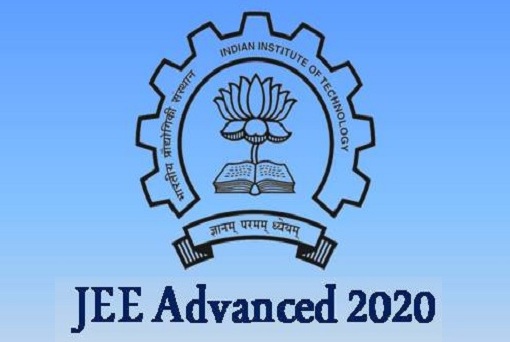JEE Advanced Mathematics Question Paper 2022 Download Free PDF
Joint Entrance Examination Advanced (JEE Advanced) 2022 Mathematics Question paper with answers JEE Advanced Mathematics 2022 Question with solution you can download it in FREE, if JEE Advanced Mathematics (MCQ) 2022 paper in text or pdf for JEE Advanced Mathematics 2022 Answer Keys you can download JEE Advanced 2022 page also just Go to menu bar, Click on File->then Save.

JEE Advanced Mathematics Question Paper 2022 Download
Joint Entrance Examination Advanced (JEE Advanced) 2022 Mathematics Question paper Free Download PDF is available in www.oldquestionpapers.net which has been provided by many students this JEE Advanced 2022 paper is available for all the students in FREE and also JEE Advanced Mathematics (MCQ) Question paper 2022 fully solved JEE Advanced with answer keys and solution.
You can get daily updates on JEE Advanced 2022 from www.oldquestionpapers.net here you can also check similar links for other related study materials on JEE Advanced Mathematics (MCQ) Here Joint Entrance Examination Advanced (JEE Advanced) Mathematics (MCQ) question bank 2022 is also available in Mathematics (MCQ) English Language.
SAMPLE QUESTIONS
Q1. Let 𝛼, 𝛽, 𝛾, 𝛿 be real numbers such that 𝛼 2 + 𝛽 2 + 𝛾 2 ≠ 0 and 𝛼 + 𝛾 = 1. Suppose the point (3, 2, −1) is the mirror image of the point (1, 0, −1) with respect to the plane 𝛼𝑥 + 𝛽𝑦 + 𝛾𝑧 = 𝛿. Then which of the following statements is/are TRUE?
(A) 𝛼 + 𝛽 = 2
(B) 𝛿 − 𝛾 = 3
(C) 𝛿 + 𝛽 = 4
(D) 𝛼 + 𝛽 + 𝛾 = 𝛿
Q2. Suppose 𝑎, 𝑏 denote the distinct real roots of the quadratic polynomial 𝑥2 + 20𝑥 − 2020 and suppose 𝑐, 𝑑 denote the distinct complex roots of the quadratic polynomial 𝑥2 − 20𝑥 + 2020. Then the value of
𝑎𝑐(𝑎 − 𝑐) + 𝑎𝑑(𝑎 − 𝑑) + 𝑏𝑐(𝑏 − 𝑐) + 𝑏𝑑(𝑏 − 𝑑) is
(A) 0
(B) 8000
(C) 8080
(D) 16000
Q3. If the function 𝑓: ℝ ⟶ ℝ is defined by 𝑓(𝑥) = |𝑥|(𝑥 − sin 𝑥), then which of the following statements is TRUE?
(A) 𝑓 is one-one, but NOT onto
(B) 𝑓 is onto, but NOT one-one
(C) 𝑓 is BOTH one-one and onto
(D) 𝑓 is NEITHER one-one NOR onto
Q4. Let the function 𝑓: ℝ → ℝ be defined by 𝑓(𝑥) = 𝑥3 − 𝑥2 + (𝑥 − 1) sin 𝑥 and let 𝑔: ℝ → ℝ be an arbitrary function. Let 𝑓𝑔: ℝ → ℝ be the product function defined by (𝑓𝑔)(𝑥) = 𝑓(𝑥)𝑔(𝑥). Then which of the following statements is/are TRUE?
(A) If 𝑔 is continuous at 𝑥 = 1, then 𝑓𝑔 is differentiable at 𝑥 = 1
(B) If 𝑓𝑔 is differentiable at 𝑥 = 1, then 𝑔 is continuous at 𝑥 = 1
(C) If 𝑔 is differentiable at 𝑥 = 1, then 𝑓𝑔 is differentiable at 𝑥 = 1
(D) If 𝑓𝑔 is differentiable at 𝑥 = 1, then 𝑔 is differentiable at 𝑥 = 1
Q5. Let 𝑀 be a 3 × 3 invertible matrix with real entries and let 𝐼 denote the 3 × 3 identity matrix. If 𝑀−1 = adj (adj 𝑀), then which of the following statements is/are ALWAYS TRUE?
(A) 𝑀 = 𝐼
(B) det 𝑀 = 1
(C) 𝑀2 = 𝐼
(D) (adj 𝑀)2 = 𝐼
See Also….
